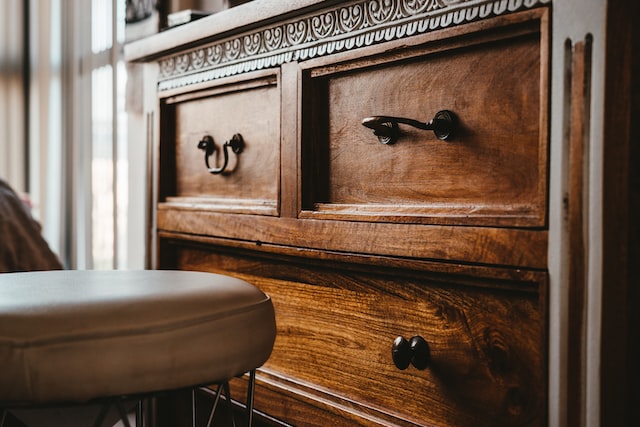Furniture is a significant investment in your home, and it can be difficult to know when it’s time to say goodbye. With so many options for furniture disposal, it can be overwhelming to determine the best course of action.
But before you simply throw your old furniture in the dumpster, it’s important to consider the impact it can have on the environment and your wallet. In this article, we’ll explore the pros and cons of various furniture disposal methods in Australia, so you can make an informed decision about the future of your old furniture.
When to throw out your furniture
Determining whether or not your furniture should be thrown away depends on a few factors. In case the piece is damaged beyond repair, such as having broken legs or structural issues, it’s probably time to get rid of it.
In case the piece has become too worn or uncomfortable to use, it’s likely no longer serving its purpose. Ultimately, the decision to throw away furniture should be based on whether or not it is still functional and serving its intended purpose in your home. If not, it may be time to let it go.
Selling old furniture
Selling your old furniture is a wonderful option if the pieces are still in good condition and have some value. There are several ways to sell used furniture, including online marketplaces such as Craigslist, Facebook Marketplace, and OfferUp, as well as local NSW secondhand furniture stores. When selling furniture, it’s important to set a fair price based on its condition and the current market value. Cleaning the furniture and taking high-quality photographs can help make it more appealing to potential buyers and increase the chances of a successful sale.
You can also consider hosting a yard sale or participating in a community garage furniture resale to sell multiple items at once. This can be a fun and social way to dispose of your old furniture, and you can potentially make some extra cash in the process. If you have unique or high-end furniture, you may consider hiring a professional appraiser or listing it on a specialty marketplace. No matter what route you choose, selling your old furniture can be an eco-friendly and financially beneficial solution to dispose of it.
Donating old furniture
Donating old furniture is an essential way to give back to the community and help those in need. There are many organizations that accept furniture donations, including local charities, shelters, and non-profits. Before donating, it’s important to check the organization’s guidelines and see if they have specific requirements for the furniture they can accept.
Some organizations may only accept gently used furniture, while others may have restrictions on the size or type of items they can accept. Make sure you protect furniture pieces during transport to minimize damage. Donating furniture can be a way to declutter your home and provide someone in need with a much-needed item.
Restoring old furniture
Restoring old furniture at home can be an amazing method to give new life to a piece that you might otherwise throw away. Furniture restoration involves repairing and refinishing an item, making it look and function like new again. The process can be as simple as sanding down a surface and applying a fresh coat of paint, or as complex as reupholstering a piece and replacing damaged parts. Restoration can be a fun and rewarding DIY project, or you can hire a Sydney professional to do the work for you. For antique pieces, make sure you enlist professionals like Sydney Mobile French Polishing for the job.
Not only does restoring old furniture help reduce waste, but it can also bring new character and charm to your home. A restored piece can also have sentimental value, as it has a history and story that makes it unique. Before starting a furniture restoration project, it’s important to assess the piece and determine if it’s worth restoring, as some furniture may not be structurally sound enough to be saved.
Disposing of old furniture
Throwing away old furniture may seem like the easiest option, but it can have a significant impact on the environment. Landfills are already overflowing with waste, and adding furniture to the mix can take up valuable space and release harmful chemicals into the air and soil. In addition, many furniture items are made of materials that are not biodegradable and can take hundreds of years to decompose.
To properly dispose of old furniture, it’s important to research your local waste management options. Many cities and towns have designated waste facilities that accept furniture, and some may even offer special disposal programs for large items. If you’re unable to bring the furniture to a waste facility yourself, you may be able to schedule a pickup with your waste management provider. Before throwing away your furniture, consider if it can be disassembled and recycled for its individual components, such as metal frames or wood pieces. By taking the time to properly dispose of your old furniture, you can help reduce its impact on the environment.
Conclusion
When it comes to disposing of old furniture, there are several options to consider. Each has its own benefits, whether it be selling for extra cash, donating to those in need, restoring to give it new life, or properly disposing of it through recycling or waste management. It’s important to weigh the pros and cons of each option and choose the one that best fits your needs and values.















